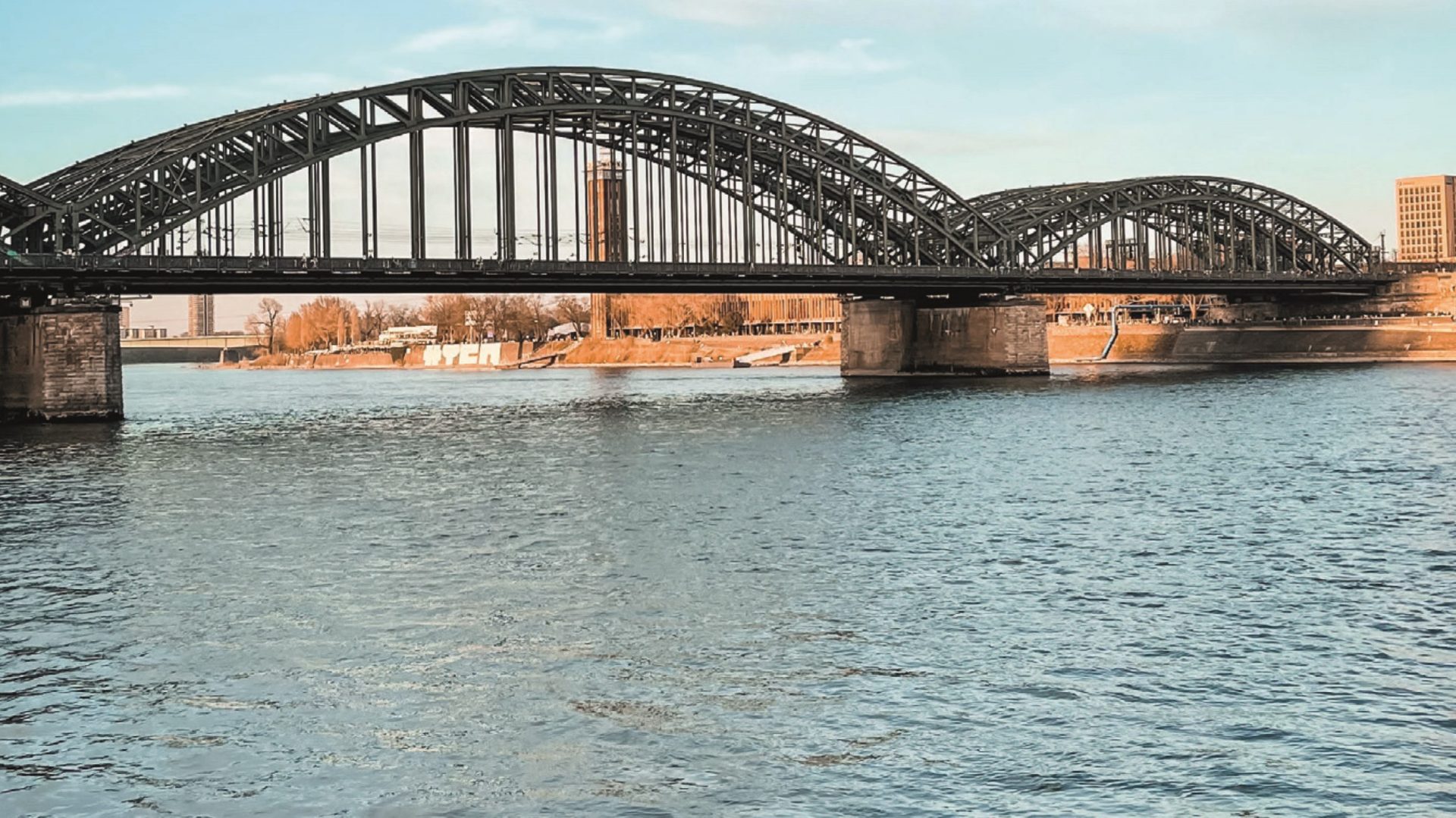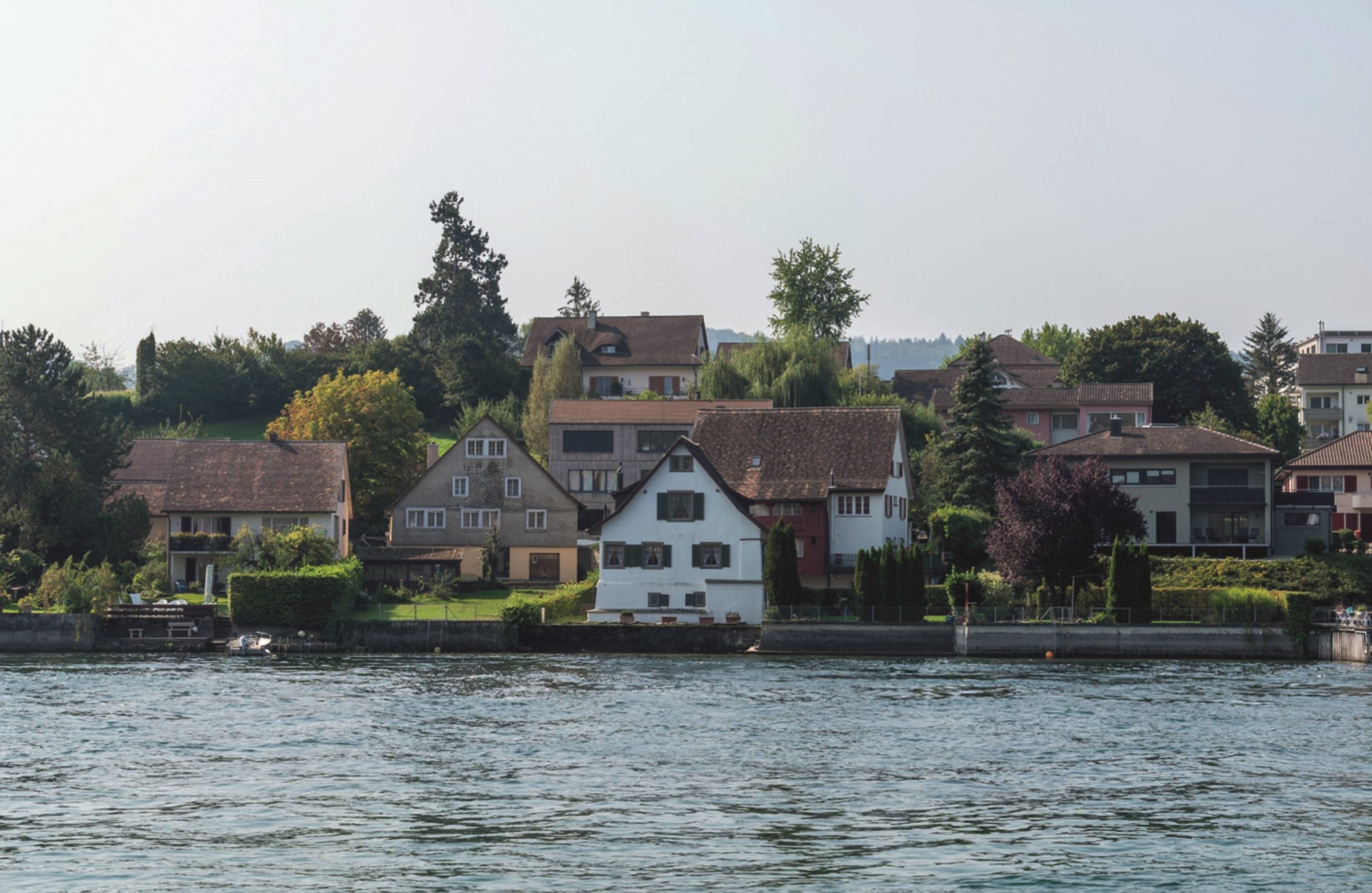Flooding is on the increase across the world for a wide range of reasons, which makes tackling this complex issue imperative. Periods of increased rainfall are causing more problems than previously because of changes in topography, increased building and the
loss of areas that retain water.
This is leading to considerable concern for municipalities and local governments, which are tasked with dealing with floodwater and the costs of repairing any damage. However, there are a range of options available including targeted improvements to the pumping infrastructure using purpose built and efficient assets.
Changing the river’s course In the case of larger rivers, such as the Rhine, which are used for commercial transport, their course has often been altered over the past century, removing bends and straightening meanders. The aim has been to improve transport capacity and logistical efficiency, reducing travel times for ships and boosting productivity.
However, in the case of the Rhine, 60 km of riverbed has been removed over the past 100 years. As a result, the stream now runs faster, but the water storage capacity has been significantly reduced. Therefore, during periods of heavy rainfall, the water volume retained by the river is less than in the past, leading to an increased incidence of flooding.
Unfortunately, this issue is exacerbated by more recent construction of industrial and residential buildings on floodplains, further reducing the water storage capacity and forcing large volumes of water down the watercourse.
In addition, upstream wetlands, which slow the water down before it enters the river, are being lost, often due to increased agricultural activity.
Risk management
The combined effects of the lost habitats and reduced storage capacity have increased the social and economic impact of flooding. To ease some of the impact, the European Union (EU) introduced a legal directive in 2007 to protect residents living close to rivers.
The Flood Risk Management Directive (Directive 2007/60/EC) primarily sets targets and actions for larger rivers. To meet the first of these targets, the height of dams has been increased.
Second, some areas have been declared dedicated floodplains to provide relief. Finally, additional pumping stations are being built and existing installations enhanced in terms of reliability and pumping capacity. This last aspect of improvements can be supported by pump manufacturers with technical expertise and design experience to help optimize capacity, efficiency and reliability in existing as well as new pumping stations. Sulzer has a long history of designing and supplying pumping equipment for a wide range of applications including flood protection and control.
Design options
The design of the pumps, and more specifically the impellers, is always dictated by the application. Radial impellers are the most efficient design for delivering relatively small amounts of water to higher heads (usually to a maximum of 60 meters). These are found in submersible pumps that are commonly used in pumping stations to move wastewater, often from belowground facilities.
Semi-axial or mixed flow impellers are designed to lift a medium amount of water up moderate to high heads. Axial propeller pumps, for example, are specialized for lifting large amounts of water over lower heads, generally to a maximum of 10 meters.
In a flooding situation, the main task for the pumps is to move large amounts of water over low delivery heads, usually between 3 and 5 meters. Therefore, axial propeller pumps are the primary choice as they can achieve this with excellent hydraulic efficiency.
These pumps ensure a very compact pumping station design that can move large quantities of water efficiently.
Building for the future
While reverting the topography of river catchment areas to their former capabilities is a long-term plan, more immediate improvements can be made to local pumping assets. Storm pumps are used infrequently, but when they are needed, reliability is a key attribute. Pumping stations work much harder, making efficiency equally important.
Sulzer’s range of pumps for water transportation covers a huge specification. From small submersible pumps to high-capacity dry-well pumps and floodwater equipment, Sulzer is able to design the station itself, riser pipes, correct pump selection and electrical starting equipment. Furthermore, the company offers highly responsive maintenance support to ensure maximum pump reliability and installation uptime.
At a time when the cost of flood damage is rising, there is a need to make wide-ranging improvements. For those responsible for managing the water, there is an opportunity to
take advantage of the experience and knowledge of pump manufacturers and make improvements to the pumping infrastructure so that it can efficiently meet current and future demands.




